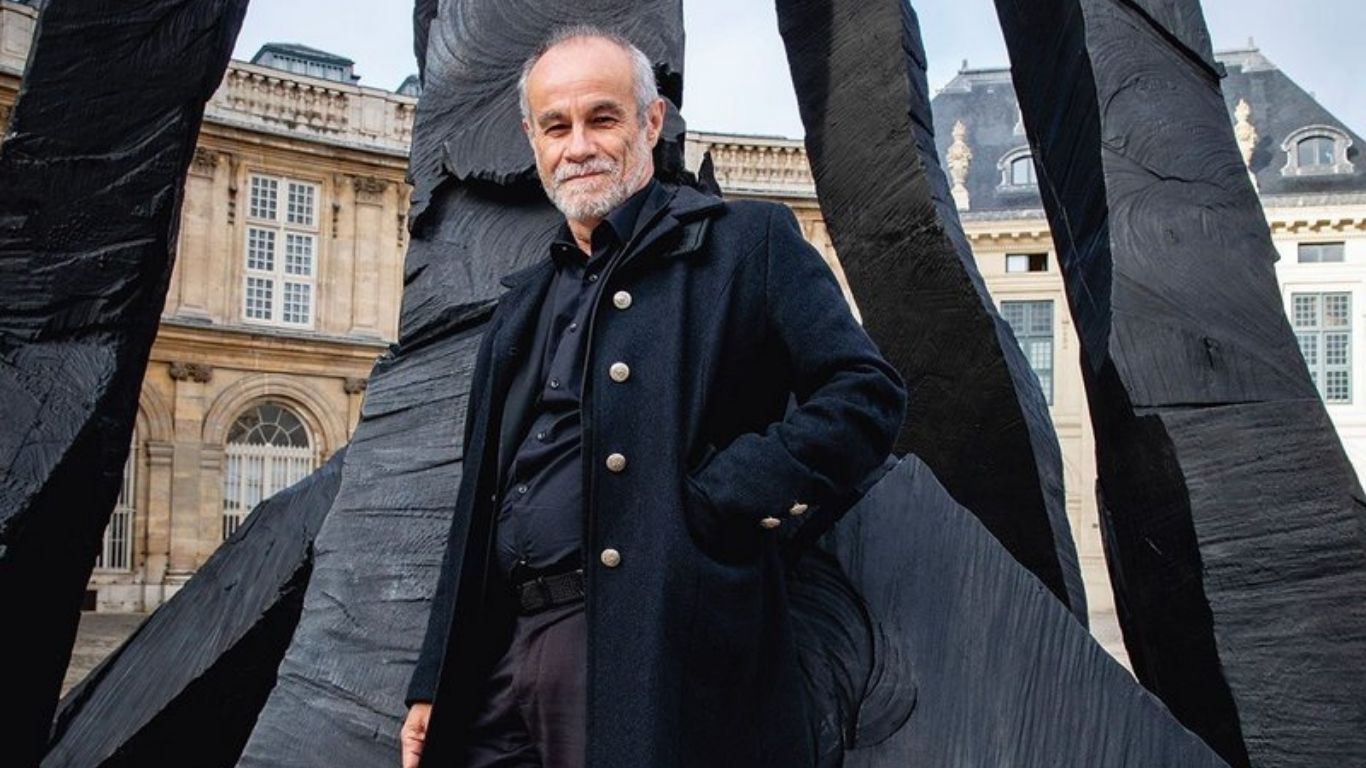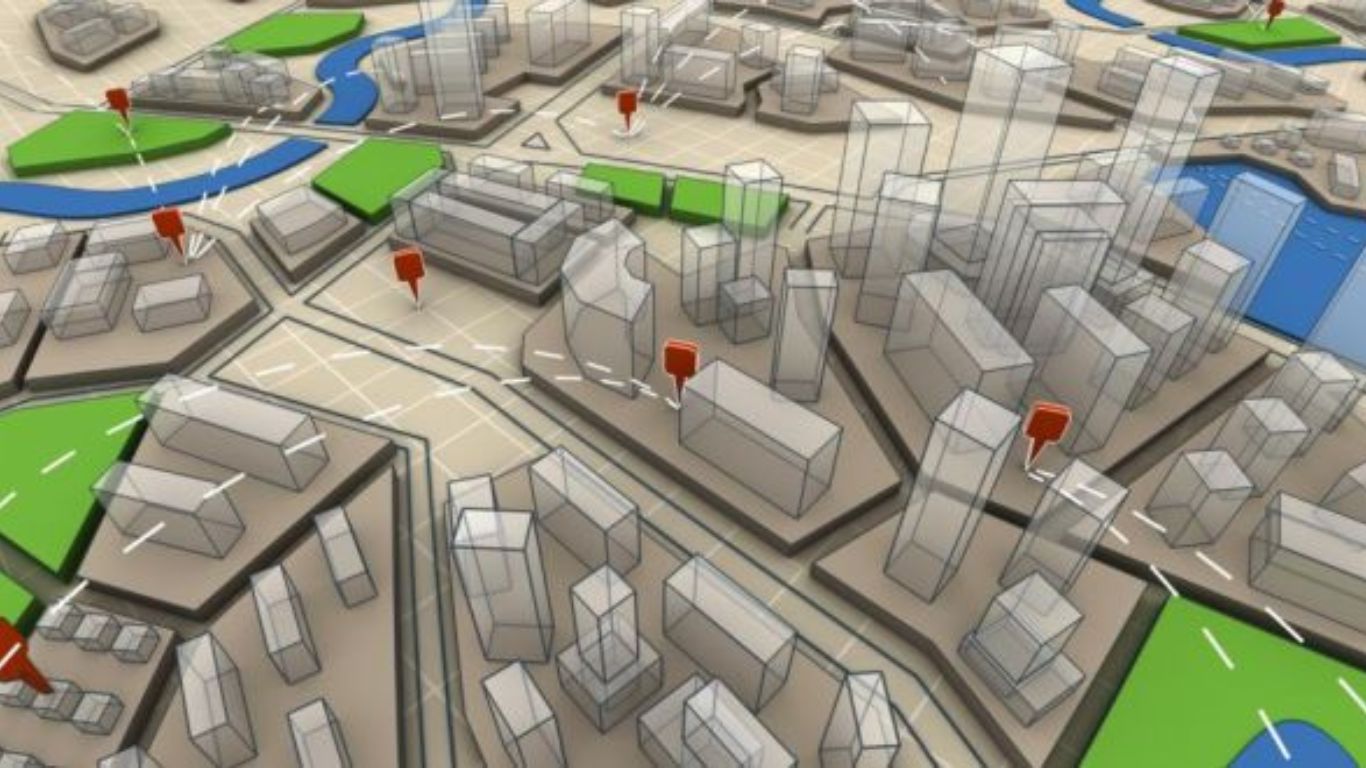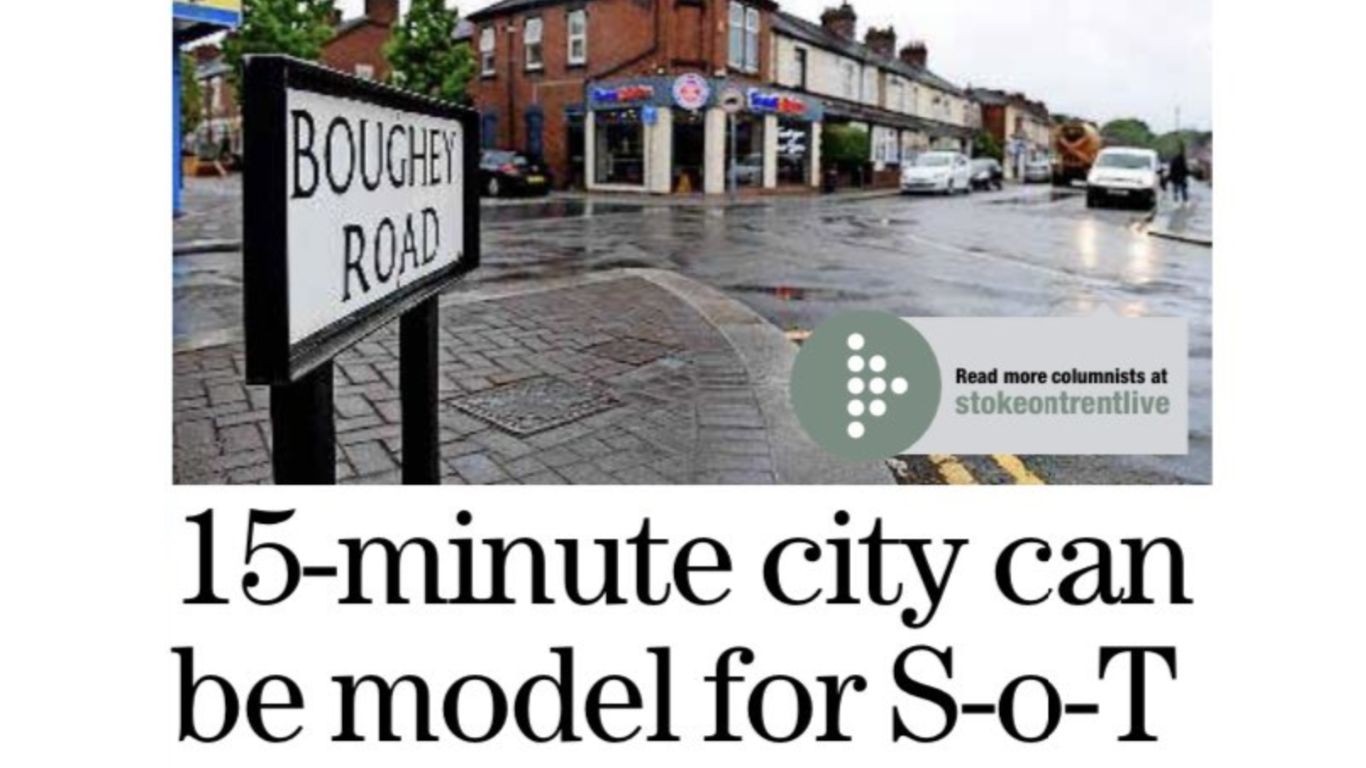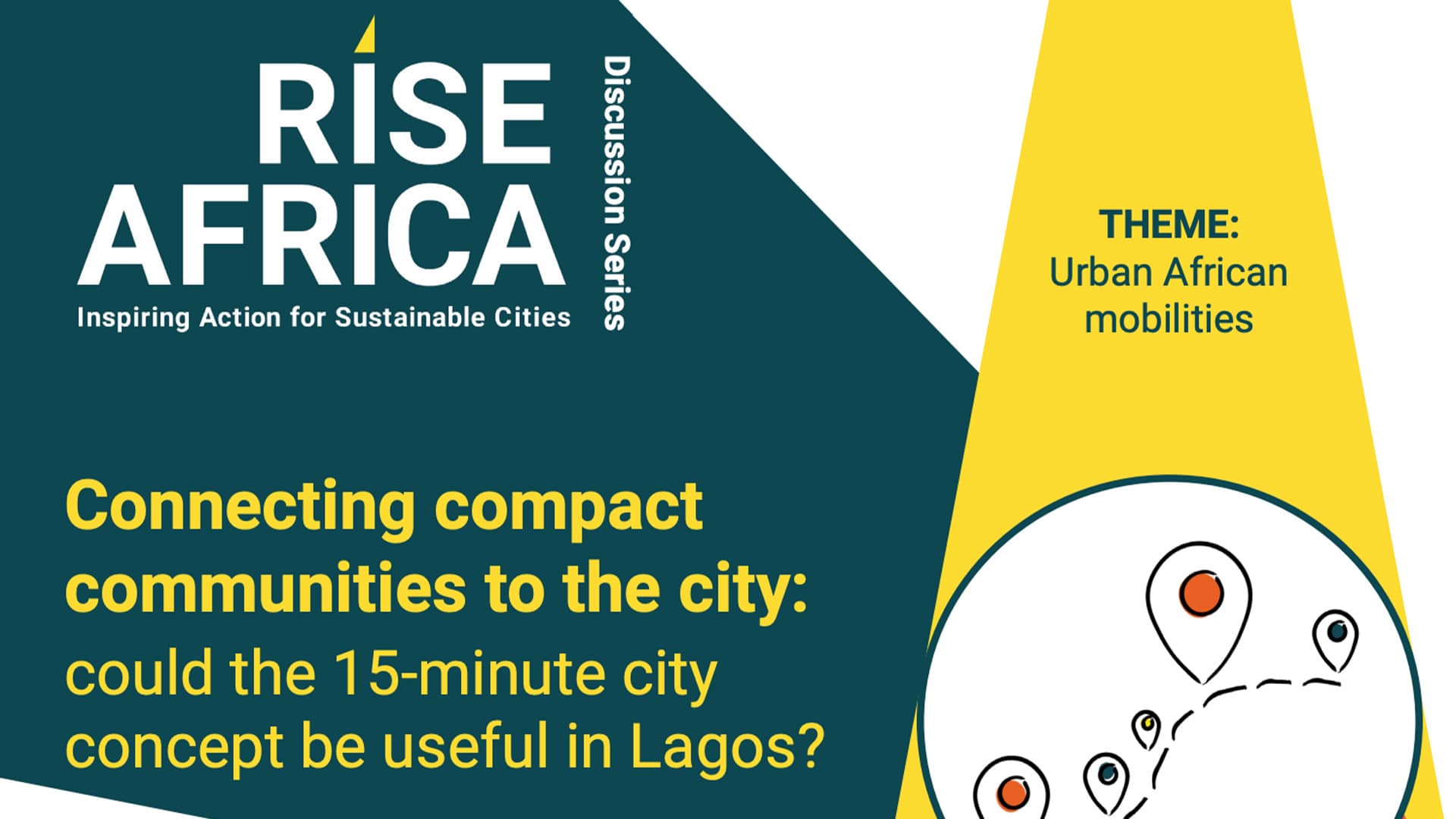by Martijn de Waal
Recently I contributed a chapter to the book “Sentient City
Ubiquitous Computing, Architecture, and the Future of Urban Space” edited by Mark Shepard. On May 14 2011 we will also take part in the book launch event in Rotterdam.
At certain points in the history of architecture and urban planning, the disciplinary debate on how to apply new technologies surpasses the boundaries of the professions involved. At those times, the hopes and fears found in the disputes between architects, policy makers, engineers and planners are extended to a broader discussion about urban and societal change. Then, the central issue is not merely how to solve a specific spatial problem or improve a construction method with the help of a new technology. Rather, the debate revolves around its possible impact on urban society at large. What does this new technology mean for urban culture, what impact does it have on how we shape our identities and live together in the city? When those questions surface, Dutch philosopher René Boomkens argues, the professional debate has turned ‘philosophical’.
Here I will show that the debate about the Sentient City can be understood as a dispute concerning the urban public sphere. On the one hand, the rise of sentient technologies is said to contribute to the (already on-going) demise of urban public spaces such as town squares, multifunctional streets and public parks. On the other hand, there is a hope that those same sentient technologies could enable new forms of publicness and exchange.These are no longer based on bringing people with different backgrounds and opinions spatially together (as in coffeehouses or town squares), but on the organization of publics around particular issues of concern.
The Sentient City
Before I delve into the debate on the relation between sentient technologies and the urban public sphere, I first want to spend a few lines on the term ‘Sentient City’ itself. What exactly do we mean when we invoke the emergence of a ‘Sentient City’? The artist and architect Mark Shepard puts it this way. He states that increasingly, it is the ‘dataclouds of 21st century urban space’ [3] that shape our experience of the city. All over the city, ‘intelligent’ applications have started sensing what is happening around them and reacting to it – be it smart traffic lights or cctv camera’s whose images are computer analyzed for suspicious behavior. Add to this the increase of tracking devices such as cell phones that most urbanites carry, and as a result the city has become ‘sentient’.
Now of course it is not the city itself that perceives or even is sentient, but rather the combined apparatus of tracking and sensing devices – operated by different actors – that note what is going on in the city and output their impressions in all sorts of data streams. Neither is this emergence of the sentient city a singular movement driven by a centralized bureaucracy or company, established at a single address to which one could send a letter of complaint or e-mail a feature request. The Sentient City should be understood as a collection of plural research traditions, performed and commissioned by divergent actors all with their own motivation and implicit understanding of what a city is or should be. They vary from government agencies that want to bring order to city space, politicians that would like to promote citizenship, companies that want to offer personalized services, community workers that hope to promote solidarity or mutual understanding, artists that want to criticize consumer culture and urbanites who may embrace, adapt or reject some or other of these offerings.
The concept of the Sentient City is not an arbitrarily chosen stock term for these developments. In a definition drawn up by Mark Shepard, he explicitly refers to the Latin roots of this term to explain what he means with that term: ‘Sentience refers to the ability to feel or perceive subjectively, and does not necessarily include the faculty of self-awareness.’ [4] This emphasis on subjectivity foregrounds the fact that the data streams generated by the Sentient City may seem like instances of objective fact gathering, whereas in reality they are far from it. For starters, the decision regarding which data to collect and which to ignore and how to classify it, is already a highly political choice. Next, the data generated by the Sentient City is interpreted by software algorithms and actuation devices, and there is nothing objective about that either: it is a highly normative process, where subjective values, legal codes and power relations are turned into software code on the base of which sentient technology decides, acts and discriminates. [5]
This foregrounding of the normative side of the Sentient City goes against the grain of the discourses of ‘ubiquitous computing’ (or ubicomp) and ‘urban computing’ that play a dominant role in the debate on the Sentient City. In ubicomp, an application is usually thought successful if it makes the computer disappear. While we carry on our daily routines, computation technology – calmly operating in the background – will make our live more easy, efficient or exciting – whatever way we would want it. Not only does it do away with the need to interact with those beige boxes on our desktops (which of course is not a bad thing per se), it also renders invisible and presents as natural the visions of what a city should be and for whom these social interventions are enabled. The conceptualization of the Sentient City can thus be understood as a deliberate move in the debate on the role of computers in urban society.
The Sentient City, Urban Culture and the Public Sphere
In many of the debates that foreground the possible impact of sentient technology on urban culture, sentient technologies are linked up to the role of the public sphere in urban society. The quintessential characteristic of urban life, as urban theory since Simmel has pointed out, is that urbanites are to live together with strangers who not only will remain strangers, but may also have a completely different outlook on life. Yet somehow, all citizens have to find a way to work things out. The public sphere plays an important role in this. It is here that strangers are confronted with each other, become aware of one another and have to come to terms with each other. [6]
The most famous proponents of this notion of the public sphere are Hannah Arendt, Richard Sennett and Jürgen Habermas. Although their exact positions differ, the central idea is that a society needs a place in which these differences are brought together. The notion of a public sphere is contrasted to the private sphere. In an ideal public sphere, participants are able to distance themselves from their private identities and focus on a common interest. [7] As Frei and Böhlen have pointed out in, the public sphere in an Arendtian sense is ‘the site of collective performance that brings together those who are different from one another precisely because they are different. …. The collective that acts in the public realm is not a uniform entity such as a class, a nation, or a mass. What brings people together here is exactly what separates them from each other; in other words, according to Arendt, the public realm is like parentheses that hold together the differences between people.’ [8] Most theories describe the urban public sphere as a physical site, it consists of actual, physical places where people are confronted with one another. Although Habermas interestingly notes that already in the 17th Century media did play an important role as well. In the Coffee Houses that for him were the quintessential example of the emerging public sphere of that time, newspapers played an important role. They were sometimes read aloud and discussants would often send letters to the editor after they had discussed the articles over a cup of coffee, or in real life as we would say today. This way the discussion could be continued in other coffee houses, with the newspaper forging the link between the instances in which a public sphere came into being during the conversations in the coffee houses. [9]
This ideal of the public sphere has been said to lie under attack ever since it has been conceived. Privatization, parochialization and intimization are the main culprits, or more concretely: the suburb, the automobile, the television and – in more recent years – the mobile phone. Both Sennett and Arendt have argued that the new wealth of the middle class has enabled them to segregate themselves socially, to physically surround themselves with people of their own liking, and thus retract from public life into their own parochial domains. This may in due time erode the capacity to empathize with others and the solidarity necessary to upkeep an inclusive urban society. [10]
The Sentient City as Threat or Saviour of the Public Sphere
Some theorists fear that the affordances of sentient technologies reinforce this demise of this public sphere. Many sentient applications that are currently in development are based on the implicit idea of the city as a collection of services and infrastructures to be managed as efficiently as possible. Alternatively they offer personalized versions of the city through search and ‘discovery devices’. These latter services follow users’ whereabouts through the city and use that information to draw up a profile of every user. These profiles are compared to each other and used to make recommendations to visit a restaurant or a bar. The goal is to have the user ‘discover’ places in the city that are both new to him, and where he can immediately feel at home at the same time. Other initiatives depart from control and security-issues: they use sentient technology to prevent potential unrest or to allow or deny access to certain users.
Sensing technologies thus have the affordance to sense who or what is near them and filter this data according to the preferences of its users. For them the city may turn into a patch network of parochial spaces. If they live up to their promises, these technologies promise that urbanites never have to leave the comfort of being surrounded by like minded people. The other way around: access to certain urban places might only be given to authorized people recognized by embedded sensors.
Combined, in a dystopian scenario, these appropriations of the technology might contribute to what Belgium Philosopher Lieven de Cauter has called a ‘capsular society’ – a city of privatized capsules with different functions – dwelling, shopping, consuming accessible only to those with the right RFID-chip in their wallet. [11]
There are also more optimistic accounts. As Stephen Graham and Mike Crang amongst others have pointed out, many artists have embraced locative media to re-activate the urban public sphere. For instance geoannotation (software through which people can mark-up particular urban places with stories, photo’s or video) makes it possible for passers-by to ‘sense’ alternative stories, points of view or issues related to the places they visit. The idea behind many of these projects is to have urban space function once more as a site of exchange and communication between citizens. Only this time, they don’t have to be there physically present at the same time. They can learn about the visions and stories of other citizens who have passed by earlier through locative media annotation services. [12]
Toward a different public sphere?
What both critical and optimistic scenarios mentioned above have in common is that they still depart from the idea of the urban public sphere as a physical site in which differences are to be brought together. There is also a number of theories and art projects that point to an alternative and new conceptualization of the public sphere. In this vision, the public does not come together in a physical site, but rallies around an issue of concern, that is raised through sentient technologies.
One of the clearest descriptions of this shift from public spheres to publics can be found in Frei and Böhlen’s previously mentioned pamphlet. They draw on Latour’s Parliament of Things, a theory that in turn builds upon Dewey’s notion of issue publics: publics that (temporarily) form around specific issues in which they have taken a certain ownership. This public assembles – as in Arendt’s notion of the public sphere – not because everyone agrees but because they disagree and need to come to terms in some way or another. [13]
Publics can form around shared issues of concern for which people feel some form of ownership. The infrastructure of the sentient city itself can form such a shared issue of concern. Frei and Böhlen describe a number of ways in which ‘micropublics’ might form around communal urban infrastructures or institutions such as schools, parks, water plants. Whereas these are all conceptual blueprints, Laura Forlano points out that such publics did emerge around a number of wireless networks she has studied in several cities around the world. They succeeded – at least temporarily – in bringing people with different identities and backgrounds together. [14]
Publics may also gather in a different way. One of the promises of the rise of sentient technologies is that things, objects and issues can record their own ‘biographies.’ [15] The project Trash Track by MIT’s Senseable City Lab demonstrates this affordance. For this exhibit, trash items such as paper cups are tagged with a GPS-device and mobile phone modem. After it has been disposed of, the item sends text messages with its location, so we can follow its track from recipient to waste disposal site. The hope expressed through this project is that knowing will lead to a change in doing: the fact that we know where our trash ends up should make us more aware of the problem we create by throwing things away.
In a published conversation Bratton and Jeremijenko point out that there is a lot of hope that the data gathered by the sentient city will lead to engagement with important issues of our times. The collection and visualization of data about environmental pollution might become a ‘thing’ – an issue of concern – around which a public might assemble. [16] Similarly, Laura Forlano points out that with new sensing technologies, it becomes possible to point your mobile phone (for instance) at a product in the supermarket and immediately learn whether it has been manufactured in a sweat-shop or in an environmentally unfriendly way. [17]
It is, however, not as simple as that. A beautiful visualization of data gathered by sentient technologies might be just that – an aesthetically pleasing work of art decorating a museum wall. Bratton and Jeremijenko point out that many of such mappings do not really lead to the formation of active publics. They don’t change who is asking what kind of questions, they do not show alternatives, or give anyone a sense of agency.
“And so, do these projects change who is asking the questions? Are these designers now asking the question of how this pollutant is made, who made it, where is it coming from, where is it going, what do we do about it, or not? … Who collected [the data] and under what conditions. That is, what does the data actually represent?” [18]
It makes a difference whether the information received about issues is collected by marketing agencies or institutions that are by law obliged to register and publish such data, or whether a group of local activists who have a completely different interest in the issue of concern has programmed the sensors and algorithms involved. In short, Bratton and Jeremijenko argue, we do not need mere mappings, we need interfaces that allow the public not just to take note of a dataset, but that also provide it with an agency to actually get involved.
As Bratton has observed, our urban societies are no longer restricted to their administrative territory, bounded by the dashed lines on the map. Instead, we live in cities ‘where flows move in and out of geographies, where territories are occupied by multiple collectives at once, and where the procedures, networks, and assemblages of objects and things are vastly distanced from our own capacities to perceive them.’ [19] It is exactly for that reason that bringing people together spatially may no longer be a viable idea for maintaining a public sphere. Rather, we should start thinking about how we can move from an ‘Internet of things’ to a public sphere centered around things.
That is not just a philosophical shift. It is also a practical matter. How to design interfaces that go beyond mere mapping of things could become one of the most important design challenges of our times for everyone concerned with the role of the public sphere in a democratic society.
Notes
1. R. Boomkens, Een Drempelwereld: Moderne Ervaring En Stedelijke Openbaarheid(Rotterdam: NAi Uitgevers, 1998).
2. Over the last few years, the term ‘sentient city’ has come up in a number of publications, exhibitions and events. For instance Stephen Graham and Mike Crang wrote an article in 2007 in which they speak of ‘environments that learn and possess anticipation and memory’ and relate this vision to three different takes on the city, varying from ‘market-led visions of customized consumer worlds’, ‘military plans for profiling and targeting’ and ‘artistic endeavours to re-enchant and contest the urban informational landscape of urban sentience’. The term is also used in the title of the exhibition Toward the Sentient City, organized by the Architecture League in New York in the fall of 2009 and curated by Mark Shepard. Here the theme and framing of the exhibition are related to a series of publications called the ‘Situated Technologies Pamhplets’, published by the Center for Virtual Architecture, The Institute for Distributed Creativity (iDC), and the Architectural League of New York. In another example the term ‘Sentient City’ is sometimes also used by the Senseable City Lab from MIT, a research institution that ‘explores the “real-time city” by studying how distributed technologies can be used to improve our understanding of cities and create a more sustainable ways of interacting in urban environments.’ The term is related to similar labels that also describe the increasing role of computing technologies in the constitution of everyday urban life, such as The Real Time City, Urban Informatics, Urban Computing and others. Each stems from its own disciplinary modus operandi and brings a different approach to computing and urban society to the table.
3. Mark Shepard, “Curatorial Statement,” The Architectural League NY,http://www.sentientcity.net/exhibit/?p=3.
4. Ibid.
5. See for instance Stephen Graham, “Software-Sorted Geographies,” Progress in Human Geography 29, no. 5 (2005)., Steven Graham and Mike Crang, “Sentient Cities : Ambient Intelligence and the Politics of Urban Space.,” Information, communication & society 10, no. 6 (2007)., Nigel Thrift and Shaun French, “The Automatic Production of Space,” Transactions of the Institute of British Geographers 27, no. 3 (2002).
6. Amanda Williams, Erica Robles, and Paul Dourish, “Urbane-Ing the City: Examining and Refining the Assumptions Behind Urban Informatics,” in Handbook of Research on Urban Informatics: The Practice and Promise of the Real-Time City, ed. Marcus Foth (Hershey, New York, London: Information Science Reference, 2008)., Boomkens, Een Drempelwereld : Moderne Ervaring En Stedelijke Openbaarheid.
6. Boomkens, Een Drempelwereld : Moderne Ervaring En Stedelijke Openbaarheid.,
7. Hans Frei and Marc Böhlen, Situated Technologies Pamphlet 6: Micropublicplaces, ed. Omar Khan, Trebor Scholz, and Mark Shepard, Situated Technologies Pamphlets (New York: The Architectural League of New York, 2010)., Jurgen Habermas, The Structural Transformation of the Public Sphere. An Inquiry into a Category of Bourgeois Society (Cambridge, MA: MIT Press, 1991)., Hannah Arendt, The Human Condition (Chicago: University Of Chicago Press, 1958)., Richard Sennett, The Uses of Disorder: Personal Identity and City Life (New York: Norton, 1970); ———, The Fall of Public Man (New York: Knopff, 1977).
8. Habermas, The Structural Transformation of the Public Sphere. An Inquiry into a Category of Bourgeois Society.
9. Sennett, The Uses of Disorder : Personal Identity and City Life , Frei and Böhlen, Situated Technologies Pamphlet 6: Micropublicplaces.
10. Lieven De Cauter, De Capsulaire Beschaving. Over De Stad in Het Tijdperk Van De Angst (Rotterdam: NAi Publishers, 2004). see also Marc Schuilenburg and Alex De Jong, Mediapolis (Rotterdam: 010 Publishers, 2006).
11. Graham and Crang, “Sentient Cities: Ambient Intelligence and the Politics of Urban Space..”, see also Lily Shirvanee, “Locative Viscosity: Traces of Social Histories in Public Space,” Leonardo Electronic Almanac 14, no. 3 (2006), http://leoalmanac.org/journal/vol_14/lea_v14_n03-04/toc.asp., Ann Galloway, “A Brief History of the Future of Urban Computing” (Carleton University, 2008)., Williams, Robles, and Dourish, “Urbane-Ing the City: Examining and Refining the Assumptions Behind Urban Informatics.”
12. Frei and Böhlen, Situated Technologies Pamphlet 6: Micropublicplaces., Noortje Marres, “Zonder Kwesties Geen Publiek,” Krisis, no. 2 (2006)., Bruno Latour, “From Realpolitik to Dingpolitik: An Introduction,” in Making Things Public: Atmospheres of Democracy, ed. Bruno Latour and P Weibel (Cambridge MA: MIT Press, 2005).
13. Laura Forlano and Dharma Dailey, “Community Wireless Networks as Situated Advocacy,” in Situated Technologies Pamphlets 3: Situated Advocacy, ed. Omar Khan, Trebor Scholz, and Mark Shepard, Situated Technologies Pamphlets (New York: The Architectural League of New York, 2008).
14. Bruce Sterling, Shaping Things (Cambridge, MA: MIT Press, 2005).
15. Benjamin Bratton and Natalie Jeremijenko, “Suspicious Images, Latent Interfaces,” in Situated Technologies Pamphlets 3: Situated Advocacy, ed. Omar Khan, Trebor Scholz, and Mark Shepard, Situated Technologies Pamphlets (New York: The Architectural League of New York, 2008).
16. Forlano and Dailey, “Community Wireless Networks as Situated Advocacy.”
17. Bratton and Jeremijenko, “Suspicious Images, Latent Interfaces.”
18. Ibid.




